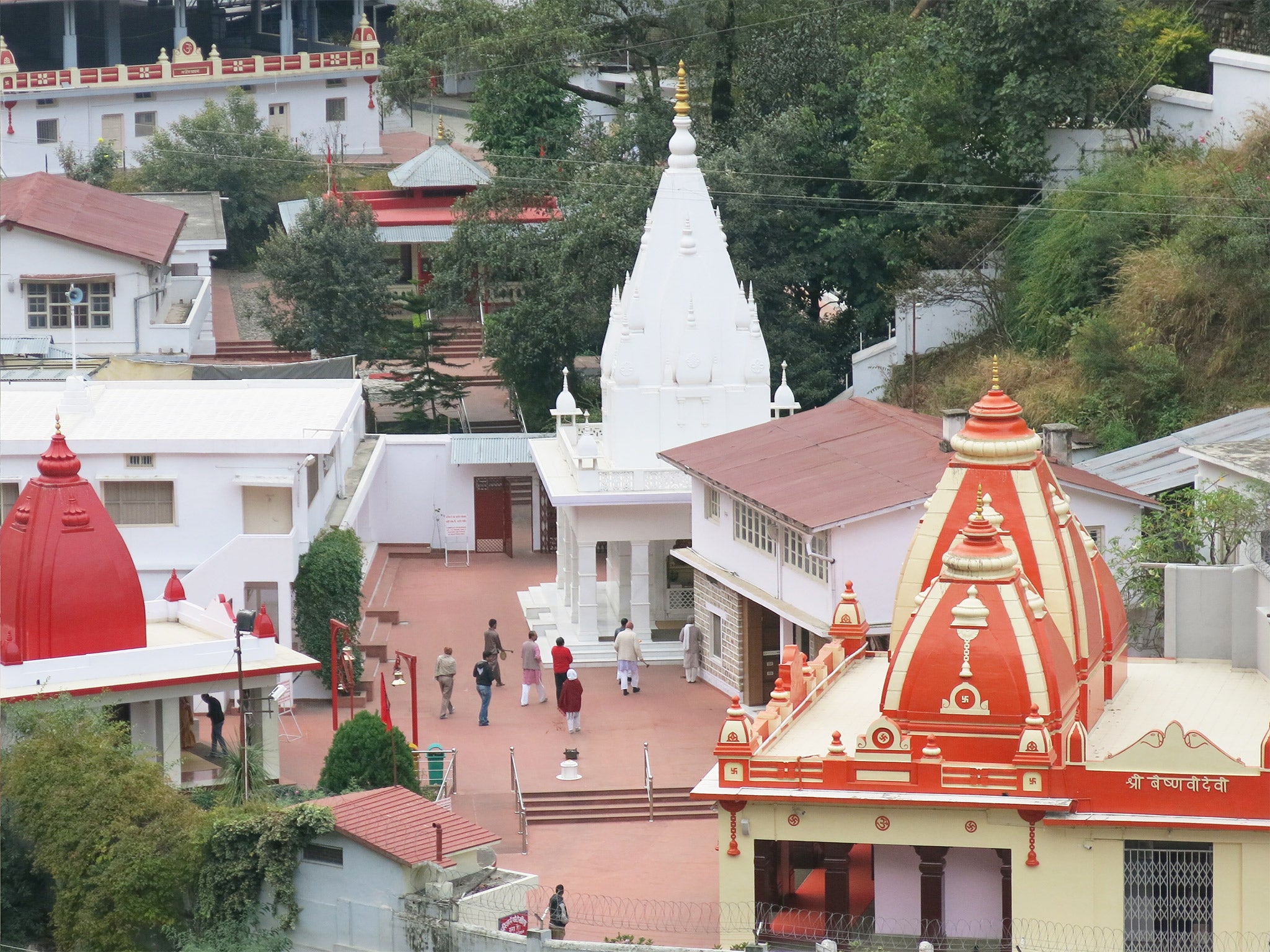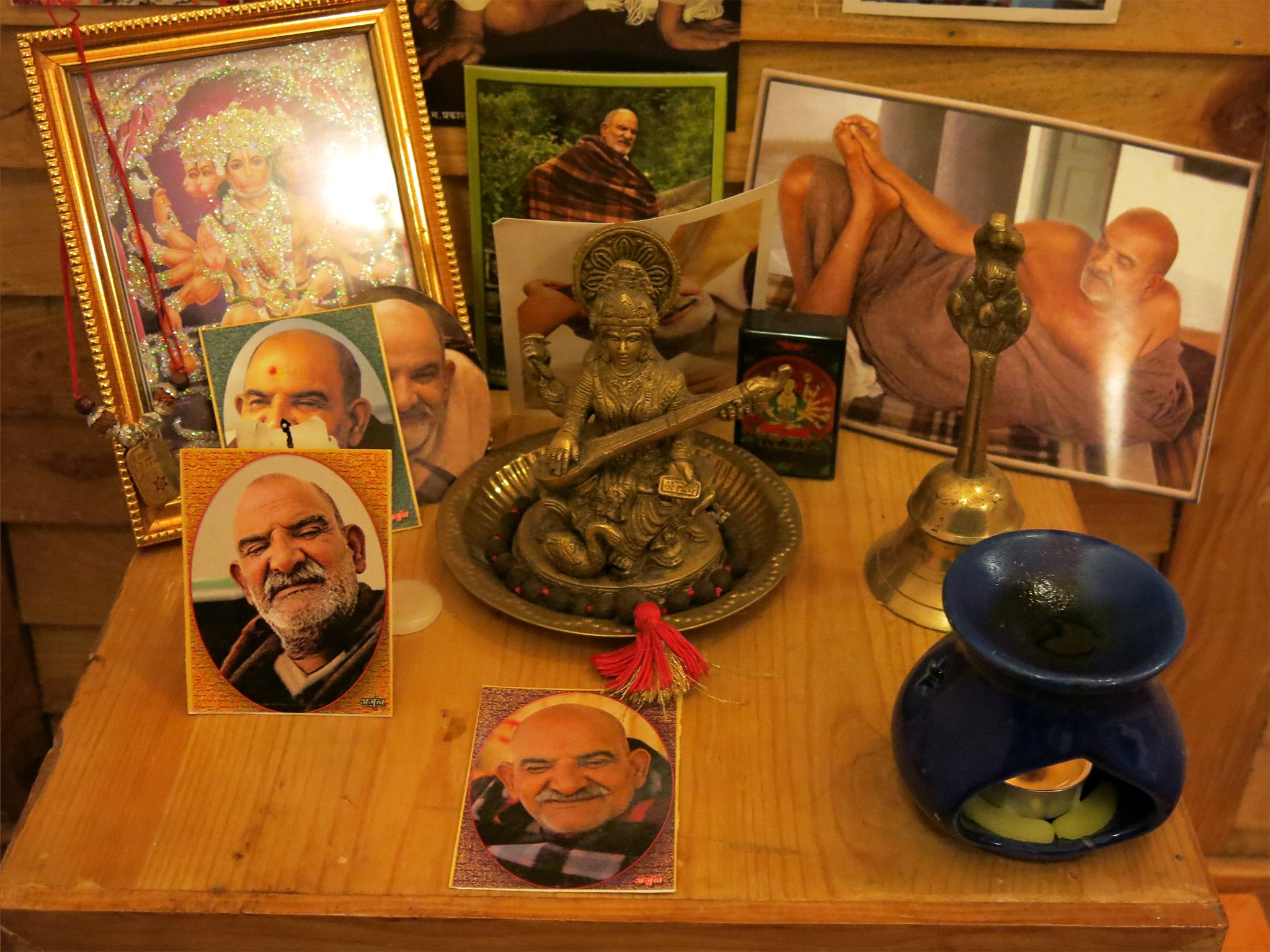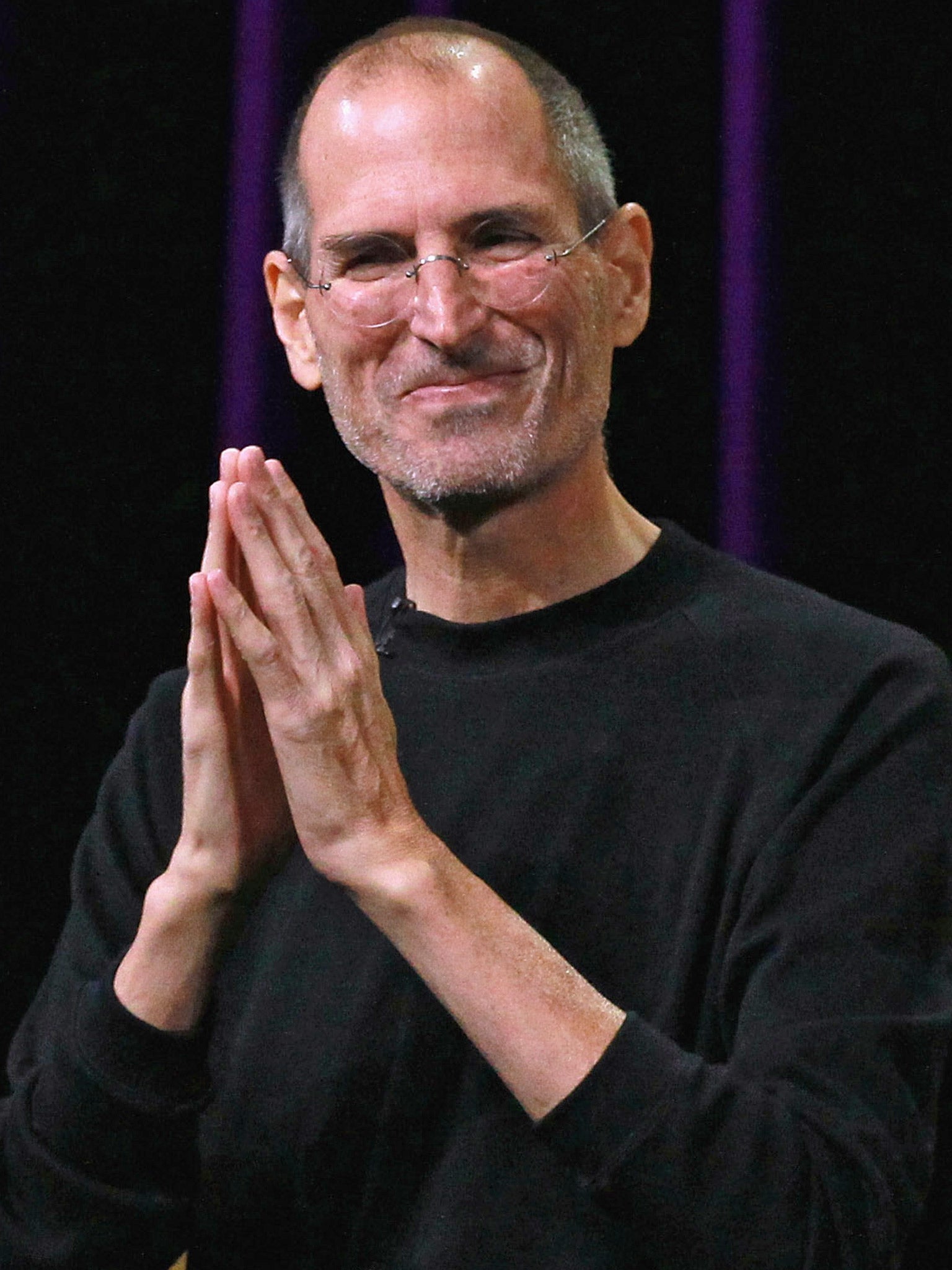Kainchi Dham: The Indian ashram where Silicon Valley’s finest go to discover themselves
Everyone from Steve Jobs to Mark Zuckerberg has sought enlightenment at the sanctuary in the hills of northern India. Annie Gowan finds out why the titans of technology are so drawn to the simple life

Your support helps us to tell the story
From reproductive rights to climate change to Big Tech, The Independent is on the ground when the story is developing. Whether it's investigating the financials of Elon Musk's pro-Trump PAC or producing our latest documentary, 'The A Word', which shines a light on the American women fighting for reproductive rights, we know how important it is to parse out the facts from the messaging.
At such a critical moment in US history, we need reporters on the ground. Your donation allows us to keep sending journalists to speak to both sides of the story.
The Independent is trusted by Americans across the entire political spectrum. And unlike many other quality news outlets, we choose not to lock Americans out of our reporting and analysis with paywalls. We believe quality journalism should be available to everyone, paid for by those who can afford it.
Your support makes all the difference.Among the travellers arriving at the Kainchi Dham ashram in the hills of northern India in the state of Uttarakhand, was a young American wearing a T-shirt and a pair of ripped jeans, carrying little. Nobody at the spiritual retreat knew who he was.
In the early days of Facebook, Mark Zuckerberg, as the Apple founder Steve Jobs did before him, visited the ashram, seeking out spiritual sanctuary as his company endured what he described as a “tough patch”.
For more than 20 years, the riverside retreat has quietly attracted tech titans from Google, Apple and eBay. Since it emerged that Zuckerberg visited the ashram, attendance has tripled. Train and busloads of curiosity-seekers from other parts of India arrive in droves, hoping to get a look at what is now being called the “Zuckerberg temple”.
As with hundreds of other ashrams and spiritual centres in India, Western backpackers and tourists have come to Kainchi for decades.
But the mystery is why this modest ashram would attract such a steady stream of American tech visionaries. Along with Jobs and Zuckerberg, Google’s Larry Page and Jeffrey Skoll, co-founder of eBay, have also made the pilgrimage.
“Everybody in the world wants to go and see this place,” said Larry Brilliant, a doctor who once lived at the ashram and later became head of Google’s philanthropy division. “It’s a combination of Eat Pray Love, know thyself and change the world.”

Devotees say much of Kainchi’s appeal is connected to its spiritual founder, Neem Karoli Baba. The sadhu, or holy man, came to the hills from a nearby state and lived in a cave for a time – a spot preserved at the ashram and lighted by candles – before the first temple was built in 1964.
A small person wrapped in a large plaid shawl, Neem Karoli Baba normally sat on an elevated cot as followers meditated around him, offering a few kind words, a laugh and occasionally throwing fruit. His philosophy was simple – “all one”. He exuded goodness, according to devotee Craig Mather, 64, a business analyst from Wales. When he first saw the holy man in 1973, he said, “It was like seeing the sun – dressed in a blanket.”
The ashram is a cluster of three main temples, offices and simple living quarters that sit alongside the rushing falls of a small tributary of the Kosi River. There is a bare-bones routine, with morning and evening prayers along with communal meals of lentils, potatoes and rice.
Devotees help around the compound, meditate or socialise. It is quieter these days as the ashram is readying to close for the winter, and the snows descend from the Himalayas.
Nonetheless, as morning prayers began, several worshippers arrived by train to see the place they’d heard so much about. One was Sheelendra Pratap Singh, 28, a Delhi resident who said he made the trip because of Zuckerberg’s journey. Singh was searching for inspiration, too. Business at his civil construction firm is down 50 per cent. “I thought if I came here, Kainchi Dham would bless me and business will improve,” he said.
Baba would distract me by throwing fruit... he hit me with apples a couple of times in my testicles
Jobs arrived in 1974 on a trip around India. He had a growing interest in Eastern spirituality and a classmate had met the guru and urged Jobs to meet him, he told his biographer, Walter Isaacson.
But when he arrived, suffering from dysentery, Jobs was disappointed to learn that the guru had died the previous September. He spent most of his time walking around nearby villages and reading an English version of Autobiography of a Yogi, the story of another famed sage, according to Isaacson.

“He was searching for the same thing all of us search for, what we’re still searching for, the meaning of life; why we live; how we can do anything good in our lifetimes,” said Brilliant, who became a lifelong friend. He was also searching for raw food, as Brilliant puts it – “Where the hell am I going to get a good salad?”
Brilliant, who is now senior adviser to Skoll Global Threats Fund, lived at the ashram for three years before Neem Karoli Baba pushed him to leave and take on the smallpox epidemic. At first, Brilliant resisted.
“Every time I would try and meditate he would distract me and frequently it was by throwing fruit,” Brilliant recalled.
“He hit me with flying apples a couple of times in my testicles.” Brilliant eventually talked himself into a job at the World Health Organisation and worked for the groundbreaking eradication effort.

The idea of expanding consciousness is inextricably linked with the hippie counterculture movement of the 1960s and early 1970s and those like Jobs who developed personal computers.
Jobs left India after seven months but embraced Zen Buddhism and meditation for the rest of his life. More than four decades later, Silicon Valley’s biggest companies are employing “mindfulness counsellors” and opening meditation rooms for digitally distracted employees.
Zuckerberg came to Kainchi in 2008. He went to see Jobs to ask his advice. “He told me that in order to reconnect with what I believed was the mission of the company, I should visit this temple that he had gone to in India early on in his evolution of thinking about what he wanted Apple and his vision of the future to be,” Zuckerberg said. His month-long trip “reinforced for me the importance of what we were doing”.
Zuckerberg remains keenly interested in India, a country with 130 million Facebook users. He visited last week to drum up support for his free Internet.org service for developing countries, which has been criticised for violating principles of net neutrality.
In the ashram, priests and followers pause in front of a small temple dedicated to Neem Karoli Baba, chanting, beating cymbals, singing and raising their hands in the air in praise. There is a statue of the holy man, wrapped in a purple blanket, lighted with candles and incense.
The idol has a wry, twinkly expression his followers say was similar to the guru’s in life. “That’s funny,” he seems to be saying, “you thinking you can control everything.”
© The Washington Post
Join our commenting forum
Join thought-provoking conversations, follow other Independent readers and see their replies
Comments